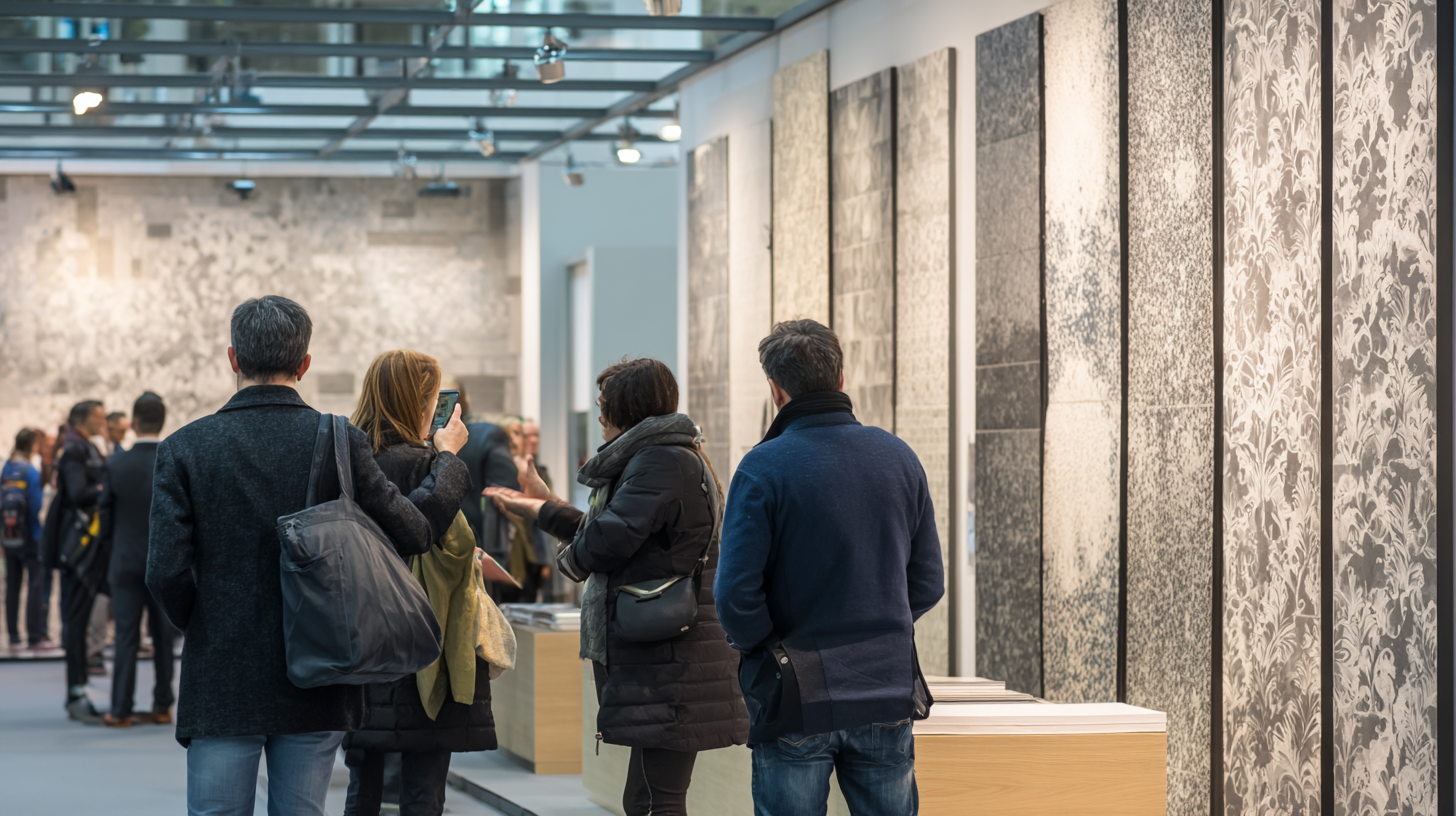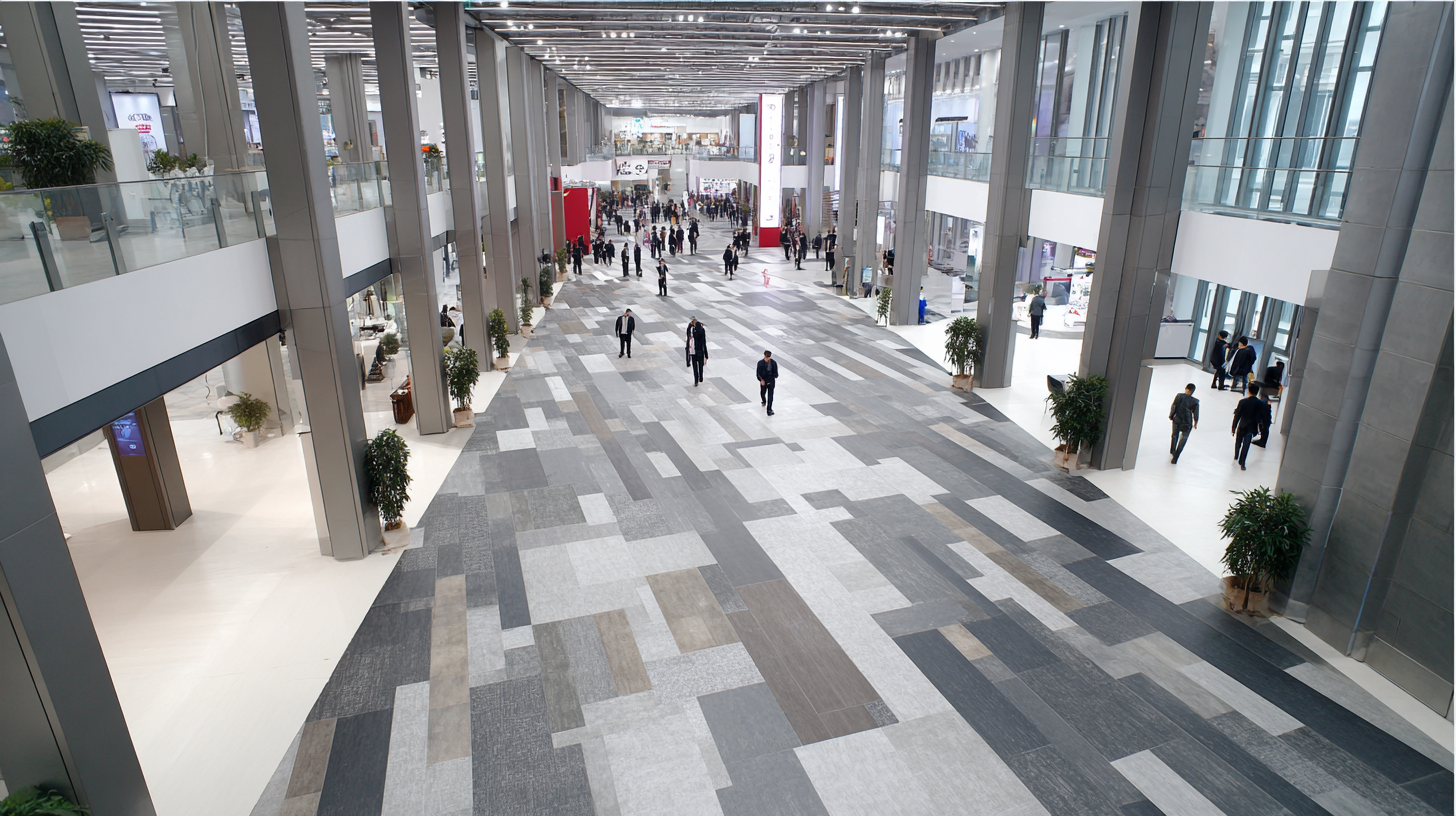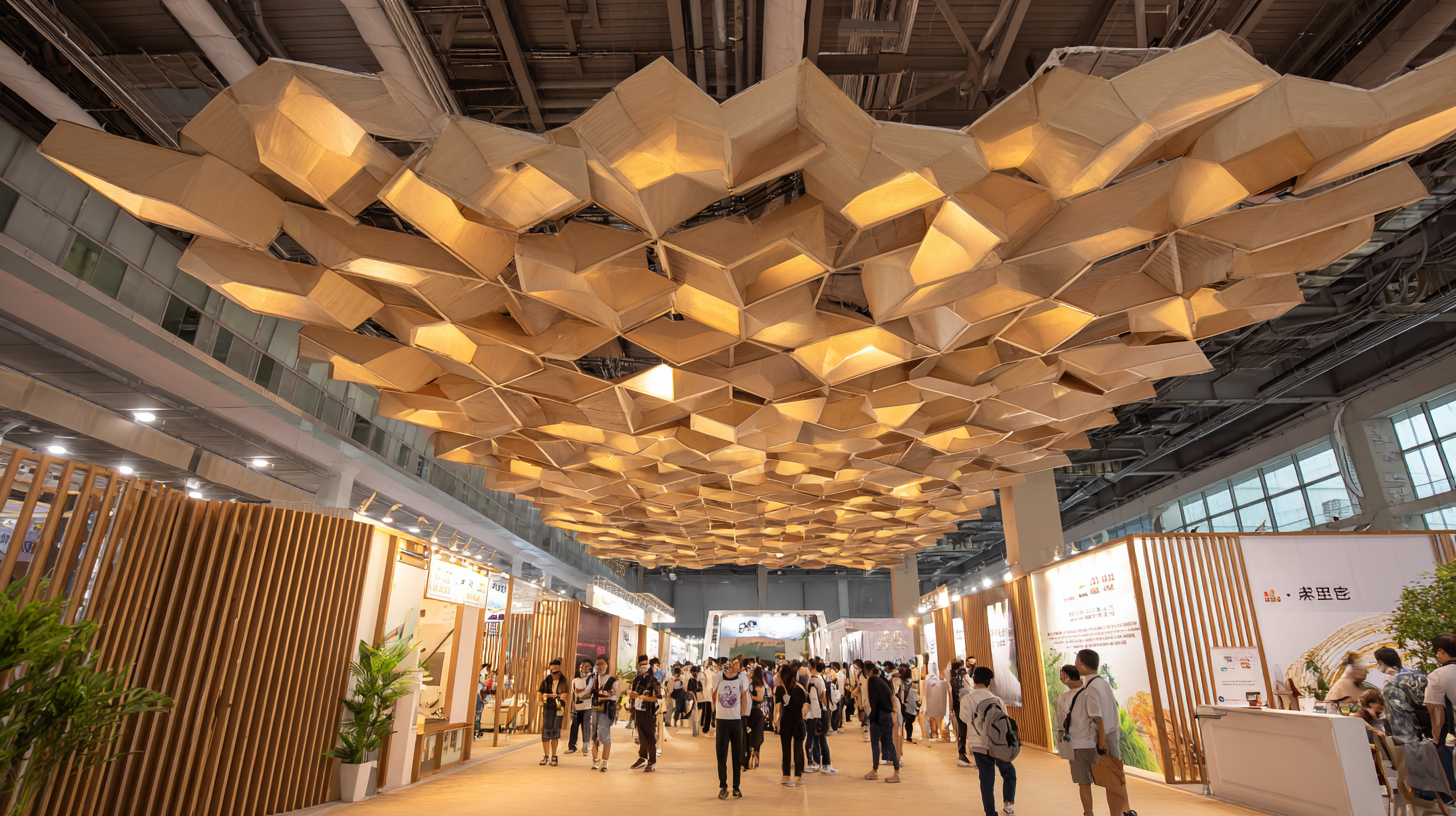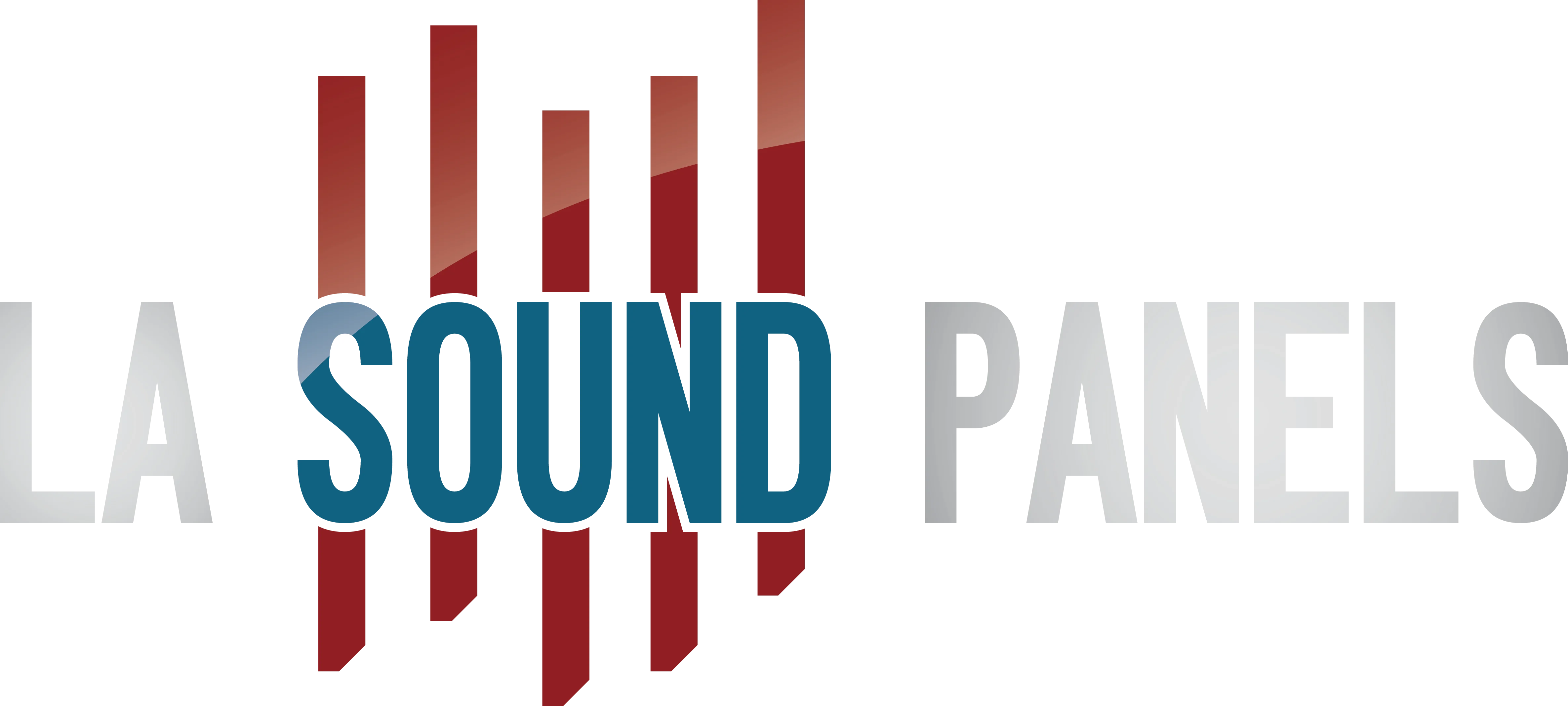As the global construction and interior design industries continue to evolve, the demand for acoustic tiles has surged, driven by an increasing emphasis on sound quality and environmental sustainability in both residential and commercial spaces. According to a recent market research report by Global Industry Analysts, the global acoustic tiles market is projected to reach approximately $4.5 billion by 2027, growing at a compound annual growth rate (CAGR) of 7.2% from 2020. This growth is prominently observed in regions such as Asia-Pacific, where urbanization and infrastructural investments are on the rise. The 2025 China Import and Export Fair presents a significant opportunity for industry stakeholders to unveil innovative acoustic tile solutions, catering to diverse applications while addressing noise pollution concerns in modern architecture. As the fair approaches, understanding these emerging market trends is crucial for manufacturers, distributors, and design professionals seeking to capitalize on the expanding acoustic tiles segment.

As we approach the 2025 China Import and Export Fair, the acoustic tile market reveals fascinating trends that cater to modern design aesthetics and functional requirements. According to a report by Research and Markets, the global acoustic tiles market is projected to reach USD 8.5 billion by 2026, growing at a CAGR of 7% from 2021. This growth underscores the increasing demand for effective sound management solutions in urban environments, where reducing noise pollution has become essential.
In terms of design, manufacturers are increasingly focusing on innovative materials and eco-friendly options. A study by Smithers Pira highlights that sustainable acoustic tiles made from recycled materials are gaining significant traction, with a projected market share increase of 15% by 2025. Additionally, aesthetic customization is on the rise, with a preference for vibrant colors and unique patterns that integrate seamlessly into modern interiors. The shift towards multifunctional spaces has led designers to create acoustic tiles that not only dampen sound but also serve as visual art, enhancing both acoustic performance and overall ambiance.
The acoustic tile market is witnessing a significant transformation as innovative materials take center stage. With a strong push towards utilizing eco-friendly resources, manufacturers are increasingly integrating sustainable materials into their designs. For instance, the introduction of products made from renewable raw materials reflects a broader industry trend towards environmental responsibility. These advancements not only enhance the aesthetic appeal of spaces but also improve their acoustic performance.
Tips: When choosing acoustic tiles, consider materials like recycled options or those designed with energy efficiency in mind. Look for certifications that indicate sustainability, as they often correlate with higher quality and performance.
Moreover, as highlighted at recent industry events, innovation in acoustic tile design focuses on enhancing functionality while minimizing environmental impact. Companies are exploring new technologies that allow for better sound absorption and energy efficiency. This shift is essential, especially in a post-COVID-19 world where noise control in both residential and commercial spaces has become increasingly important.
Tips: Research the latest trends in acoustic technology to ensure your choices reflect both current advancements and your specific acoustic needs. Always opt for products that provide clear information on their environmental benefits.
| Region | Market Size (Million USD) | Growth Rate (%) | Key Trends | Innovative Materials |
|---|---|---|---|---|
| North America | 450 | 5.2 | Sustainable Design, Increased Awareness | Recycled Materials, Bio-based Composites |
| Europe | 370 | 4.8 | Urban Noise Control, Aesthetic Integration | Natural Fibers, High-Performance Acoustic Foams |
| Asia-Pacific | 620 | 6.5 | Rapid Urbanization, Demand for Smart Buildings | Nano-materials, Sound-Absorbing Panels |
| Latin America | 200 | 3.2 | Growing Construction Sector, Eco-Friendly Solutions | Plant-based Materials, Organic Textiles |
| Middle East and Africa | 150 | 3.0 | Increased Investment in Infrastructure | Acoustic Plasters, Permeable Sheets |
As we delve into the trends shaping the acoustic tiles market for the upcoming 2025 China Import and Export Fair, analyzing the supply and demand dynamics becomes crucial. The global acoustic tiles market is expected to witness significant shifts, spurred by increased applications in construction and interior design. Demand for these tiles is driven by heightened awareness of soundproofing and aesthetic improvements in urban environments, aligning with a broader construction sector growth.
Recent industry reports indicate that the global urea market is projected to grow from $797.3 billion in 2025 to $970.6 billion by 2032, reflecting a compound annual growth rate (CAGR) of 2.8%. Similarly, the market for iron powders, including carbonyl and ultrafine variants, is also on a growth trajectory, insinuating related developments in production techniques and material innovations that could benefit the acoustic tiles sector.
**Tips:** Explore partnerships with suppliers of high-quality materials to enhance product offerings. Additionally, staying informed on global market trends can help anticipate shifts in consumer preferences and adjust strategies accordingly, ensuring market readiness for emerging opportunities.

The acoustic tile industry is witnessing significant growth, driven by increasing demands for effective sound management solutions across various sectors, including commercial, residential, and industrial applications. According to a recent study by Custom Market Insights, the global market for acoustic ceiling tiles is projected to reach a size of USD 11.53 billion by 2033, reflecting a compound annual growth rate (CAGR) of 5.21%. This robust growth trajectory underscores the growing emphasis on creating sound-friendly environments, which is particularly pertinent in urbanized settings where noise pollution is a concern.

Key players in the acoustic panel market are adapting innovative strategies to leverage this growth opportunity. Companies are not only focusing on product innovation but are also exploring the use of sustainable materials. For instance, the waste materials-based acoustic panel segment is set to expand significantly, estimated at USD 4.5 billion in 2024 and expected to grow at a CAGR of 6.6% from 2025 to 2034. This shift reflects a broader trend towards sustainability within the industry as manufacturers strive to meet both consumer preferences and regulatory standards.
As the landscape evolves, understanding the competitive strategies of industry leaders becomes vital. The current market dynamics show that companies are investing in research and development to enhance product performance while also improving their supply chain efficiency. With a solid growth outlook and transformative trends shaping the industry, stakeholders are keenly eyeing the strategic moves of key players within the acoustic tile sector.
At the 2025 China Import and Export Fair, the spotlight will firmly be on acoustic tiles, reflecting the shifting consumer preferences that are shaping the future of this market. A recent industry report by Research and Markets highlights that the global acoustic tiles market is expected to grow at a CAGR of 7.5% from 2023 to 2028, driven by increasing urbanization and the demand for soundproofing solutions in both residential and commercial spaces. As more consumers become aware of the psychological and health impacts of noise pollution, the preference for high-quality, aesthetically pleasing acoustic solutions is on the rise.
Moreover, sustainability has emerged as a key factor influencing consumer choices. According to a survey conducted by Grand View Research, approximately 63% of consumers prioritize eco-friendly materials in their purchasing decisions. Acoustic tiles made from recycled materials or those that contribute to LEED certification are increasingly favored as they align with the consumers’ desire for environmentally responsible products. As manufacturers respond to these evolving preferences, we can expect innovations that enhance both the functionality and aesthetic appeal of acoustic tiles, ensuring they meet the diverse needs of modern consumers.
